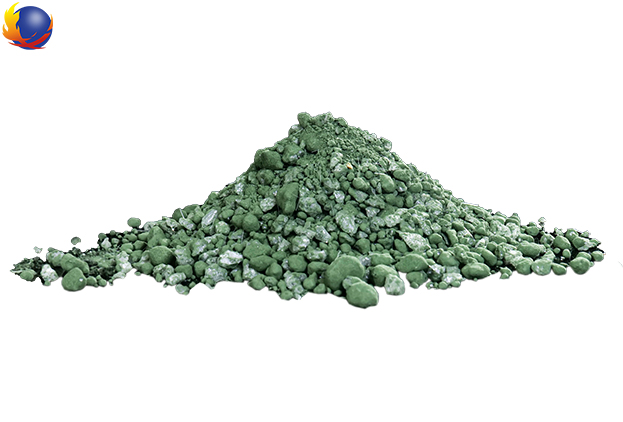Plastic Refractory
Brief Introduction
Plastic Refractory,is a kind of monolithic refractory, consisting of 70% to 80% granular and powdery materials and 10% to 25% plastic clay and some amount of plasticizers.
Plastic refractory has fairly good plasticity and is suitable for casting construction. Mouldable plastic refractory is produced by mixing quantitative refractory aggregate, power, fireclay, binder and other additive and squeezed to brick green body shape.Plastic refractory still has good plasticity when properly packed and stocked for certain time. According to different kinds of aggregate, plastic refractory can be classified into high alumina plastic refractory, fireclay based, corundum, silica, magnesia, chromite, zirconia, carborundum plastic refractory, etc.
Technical Datas
| Item | Index |
| Bulk density g/cm3 | ≥2.8(110℃,24h) |
| Crushing strength Mpa | ≥80(110℃, 24h) |
| ≥90(1100℃, 5h) | |
| Modulus of rupture Mpa | ≥14(110℃, 24h) |
| ≥18(1120℃, 5h) | |
| Refractoriness ℃ | ≥1730 |
| Thermal shock resistance/ times (900℃, water cooling) | ≥25 |
| Thermal conductivity (w/m·K) | 1.72(350℃) |
| Abrasion resistance | ≤6 |
Application
Plastic refractory is usually used in the heating furnaces, soaking furnaces, annealing furnace, sintering furnace and electric furnace roof in the iron and steel industry.
Plastic refractory for boiler is common for the construction of boiler combustion chambers because of the properties of plastic refractory. Plastic refractory has good wear resistance, high structural strength, good thermal shock stability and easy construction.







